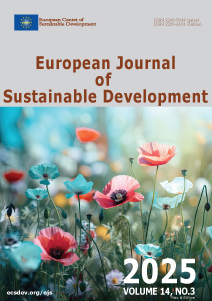Ensuring National Security Through Effective Critical Data Management
Keywords:
information security, classified information, confidential information, media, destructive propaganda, disinformation, ideological expansionAbstract
Emphasising the importance of protecting the information space, the article highlights the essence and challenges of the state’ information sovereignty and its significance for national security. It also defines the main specific terms describing information security, such as: "information warfare", "destructive propaganda", "information confrontation", and others. In the context of irreversible information attacks, the state policy in the field of national security requires a targeted and reliable state decision.
Considering the documents of alienated countries and methods of optimising counter-propaganda activities of different states, the specifics of state activity are the basis for preserving information resources necessary for national security. The secrecy of information and manipulative information technologies are the basis for a rationalistic system of diverse use. Studies of state administrations and newly created information structures abroad open up new but critical communication approaches in combating the threats of unpredictable actions.
The analysis of private and public organisations in Ukraine was carried out in the following areas: operational activities, counterintelligence, intelligence, technical operations, protection of personal data of military and civilian personnel, anti-terrorist operations, international activities, internal reporting, finance, civil defence, territorial defence, housing and communal services. The article highlights that there is no unified approach to the classification of restricted information in these areas, which further complicates the information protection system in this area.
Keywords: information security, classified information, confidential information, media, destructive propaganda, disinformation, ideological expansion.
Downloads
Published
How to Cite
Issue
Section
License

This work is licensed under a Creative Commons Attribution-NonCommercial 4.0 International License.





